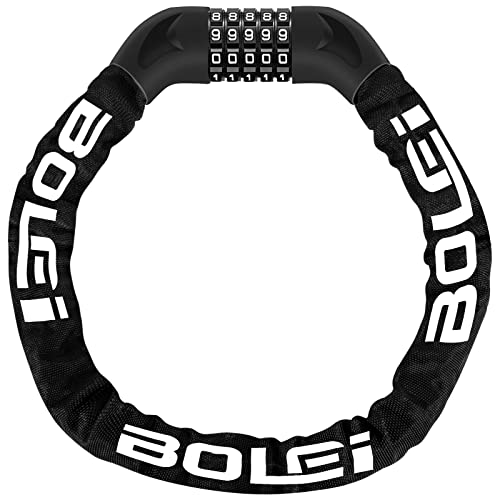Understanding the Importance of Bicycle Locking Strategies
Every cyclist dreads the thought of their bicycle getting stolen. Bicycle theft is a rampant problem in most parts of the world, and it can happen to anyone, anywhere. The best way to prevent bike theft is by employing the right locking strategy. The right locking strategy ensures that your bike remains secure and deters potential thieves. In this article, we will explore the different locking strategies available to help you choose the best one for your bicycle.
U-Lock Strategy
The U-lock strategy is popular among cyclists when it comes to securing their bicycles. U-locks come in different sizes and shapes, and the most secure ones have a thickness ranging from 16-18 mm. Using a U-lock involves placing the lock through the rear wheel and frame and attaching it to a solid object such as a pole or bike rack. This strategy ensures that the bike’s frame and rear wheel cannot be lifted or removed.
Cable Lock Strategy
The cable lock strategy involves using a long cable lock to secure the bike’s frame, front wheel, and back wheel to a solid object. Cable locks are lightweight and highly portable, but they are easier to cut than U-locks. However, cable locks provide excellent security in low-risk areas, and they are ideal for quick stops.
Chain Lock Strategy
The chain lock strategy involves using a chain to secure the bike’s frame and wheels to a fixed object. Chains come in different lengths and thicknesses, and the thicker and longer the chain, the harder it is to cut. Chain locks are heavier and bulkier than U-locks, but they offer more versatility. They are easy to secure around large objects such as posts, trees, and gates.
Folding Lock Strategy
Folding locks are portable and highly versatile. Folding locks are made up of several interlocking steel bars that fold out into a long flexible chain. The folding lock strategy involves wrapping the lock around the bike’s frame and securing it to a fixed object. Folding locks are easy to carry, and they provide excellent security in low and medium-risk areas. However, they are not as secure as U-locks or chain locks.
Choosing a locking strategy depends on several factors such as the bike’s value, the risk of theft in your area, and the time you plan to leave the bike unattended. The best locking strategy is one that is easy to use, highly secure, and fits your budget. Remember, no bike lock is completely secure, but the right locking strategy can make your bike more difficult to steal.






